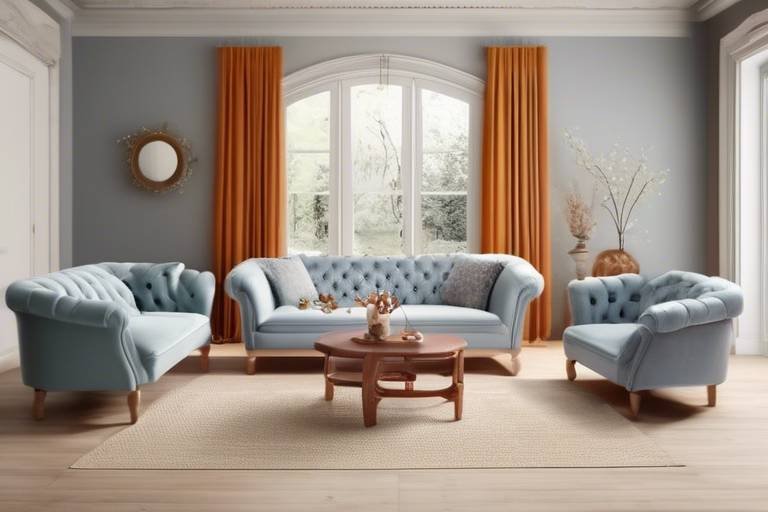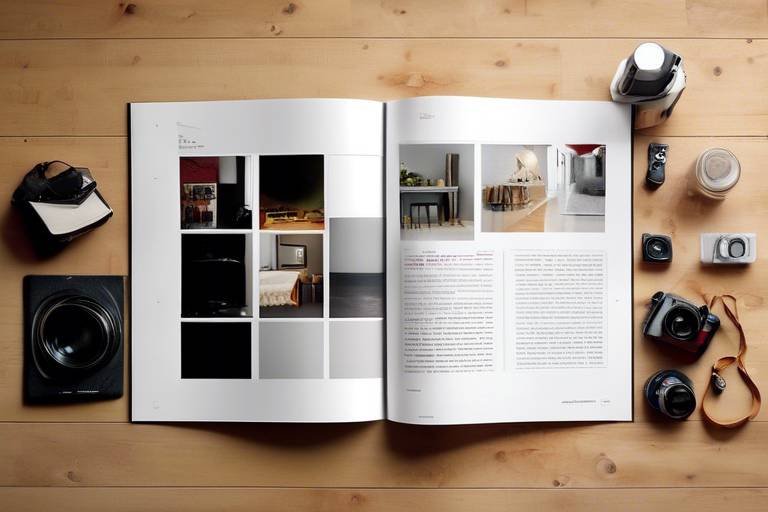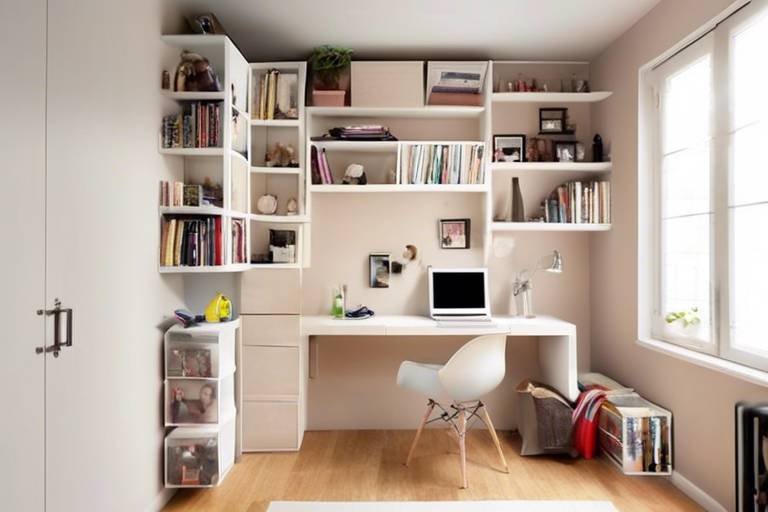How to Use Accent Walls to Add Interest to Your Space
Accent walls are a powerful tool in interior design, capable of completely transforming a space with a single stroke of color or texture. By strategically choosing the right wall and selecting the perfect hue, you can create a focal point that adds depth and character to your room. Let's delve into the art of using accent walls to elevate your living environment.
When it comes to choosing the ideal wall for your accent, it's essential to consider various factors that will maximize its impact. Look for walls that naturally draw the eye, such as those with architectural features like fireplaces or large windows. By selecting a wall that serves as a natural focal point, you can enhance the overall aesthetics of the room.
The color you choose for your accent wall plays a crucial role in setting the mood and style of the space. Experiment with different color schemes, from bold and vibrant to subtle and understated, to find a shade that complements your existing decor. Remember, the right color can tie the room together while adding a touch of visual interest.
Adding texture and patterns to your accent wall can take its design to the next level. Consider incorporating wallpaper, textured paint, or even wood paneling to create a dynamic focal point. These elements not only add depth and dimension but also create a sense of luxury and sophistication in the room.
Exploring different materials like wood, brick, or tile can further enhance the visual appeal of your accent wall. Each material brings its own unique texture and character, allowing you to customize the look and feel of the space. Whether you prefer a rustic brick finish or a sleek tile design, the possibilities are endless.
Accent walls also provide an excellent opportunity to highlight architectural details within the room. By painting alcoves or niches in a contrasting color or adding a textured finish to built-in shelving, you can draw attention to these unique features. This not only adds visual interest but also creates a sense of depth and sophistication.
Strategic use of accent walls can also help in altering the perception of room proportions. Dark colors can make large spaces feel more intimate and cozy, while light hues can open up small rooms and create an airy atmosphere. By understanding the principles of color and space, you can manipulate the visual dynamics of your room.
Artwork can be a powerful addition to an accent wall, serving as a bold statement piece that reflects your personality and style. Whether you choose a gallery wall filled with eclectic pieces or a single large painting that commands attention, art can elevate the overall aesthetic of the room. It adds a personal touch and creates a focal point that ties the space together.
Ultimately, accent walls are not just about adding color or texture; they are about creating a focal point that anchors the room and draws the eye. By carefully curating the design elements on your accent wall, you can transform a mundane space into a visually striking masterpiece that reflects your unique taste and style.
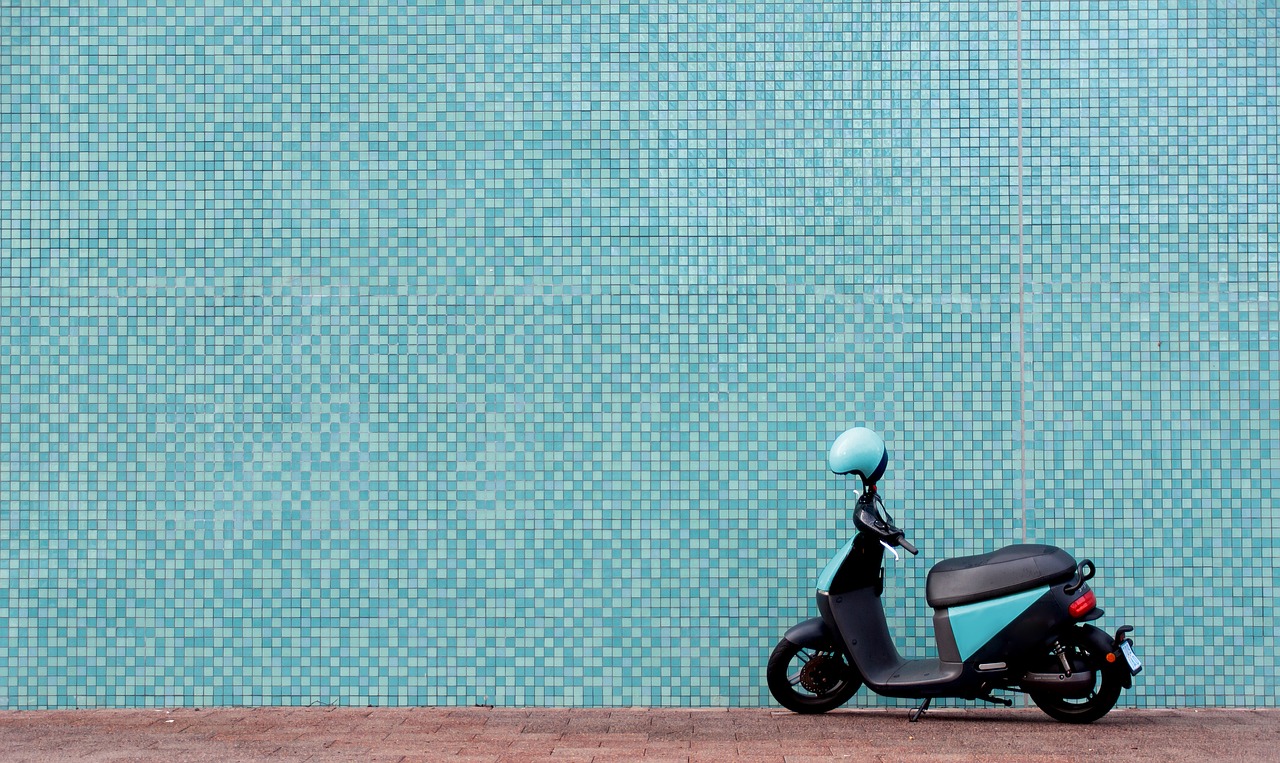
Choosing the Perfect Wall
When it comes to selecting the perfect wall for your accent, it's essential to consider various factors that can make a significant impact on the overall look and feel of the room. Think of your accent wall as the star of the show, the focal point that steals the spotlight and sets the tone for the entire space.
One crucial aspect to consider is the room's layout and architecture. Look for a wall that naturally draws the eye, such as the one behind the bed in a bedroom or the wall opposite the entrance in a living room. By choosing a wall with architectural significance or a unique feature like a fireplace or large window, you can enhance the visual appeal of the accent.
Moreover, think about how the accent wall will interact with the room's existing elements. Consider the color scheme, furniture placement, and overall style of the space. The ideal accent wall should complement the room's decor while adding a touch of drama and visual interest.
Another factor to keep in mind is the purpose of the accent wall. Are you looking to create a cozy nook, highlight a particular area, or simply add a pop of color? Understanding the goal of the accent wall will help you choose the perfect location that serves its intended purpose effectively.
Additionally, don't be afraid to think outside the box when selecting the perfect wall. Sometimes the most unexpected wall in the room can become the ideal canvas for your accent. Consider walls with unique angles, alcoves, or interesting architectural details that can be enhanced with a bold color or texture.

Selecting the Right Color
When it comes to selecting the right color for your accent wall, it's essential to consider various factors that can influence the overall look and feel of the room. The color you choose will not only set the tone for the space but also impact the mood and ambiance. To make the best decision, think about how different colors can interact with your existing decor and furniture.
One approach to choosing the perfect color is to explore different color schemes. Complementary colors, which are opposite each other on the color wheel, can create a vibrant and dynamic contrast. On the other hand, monochromatic schemes, using different shades of the same color, offer a more subtle and harmonious look. Consider how these schemes can enhance the overall aesthetic of the room while adding visual interest.
Additionally, think about the natural light in the room and how it can affect the chosen color. Rooms with ample natural light can handle bold and dark colors well, while spaces with limited light may benefit from lighter hues to create a sense of brightness and openness. Understanding the lighting conditions can help you select a color that looks its best throughout the day.
Experimenting with color samples on the wall before making a final decision can also be beneficial. Paint swatches can look different under various lighting conditions, so it's important to see how the color appears in the actual space. This process allows you to visualize the potential impact of the color on the room's atmosphere and make adjustments as needed.
Remember, the goal of an accent wall is to add depth and character to the room while complementing the existing decor. By selecting a color that harmonizes with the overall design scheme and evokes the desired mood, you can create a visually appealing focal point that enhances the aesthetic of your space.
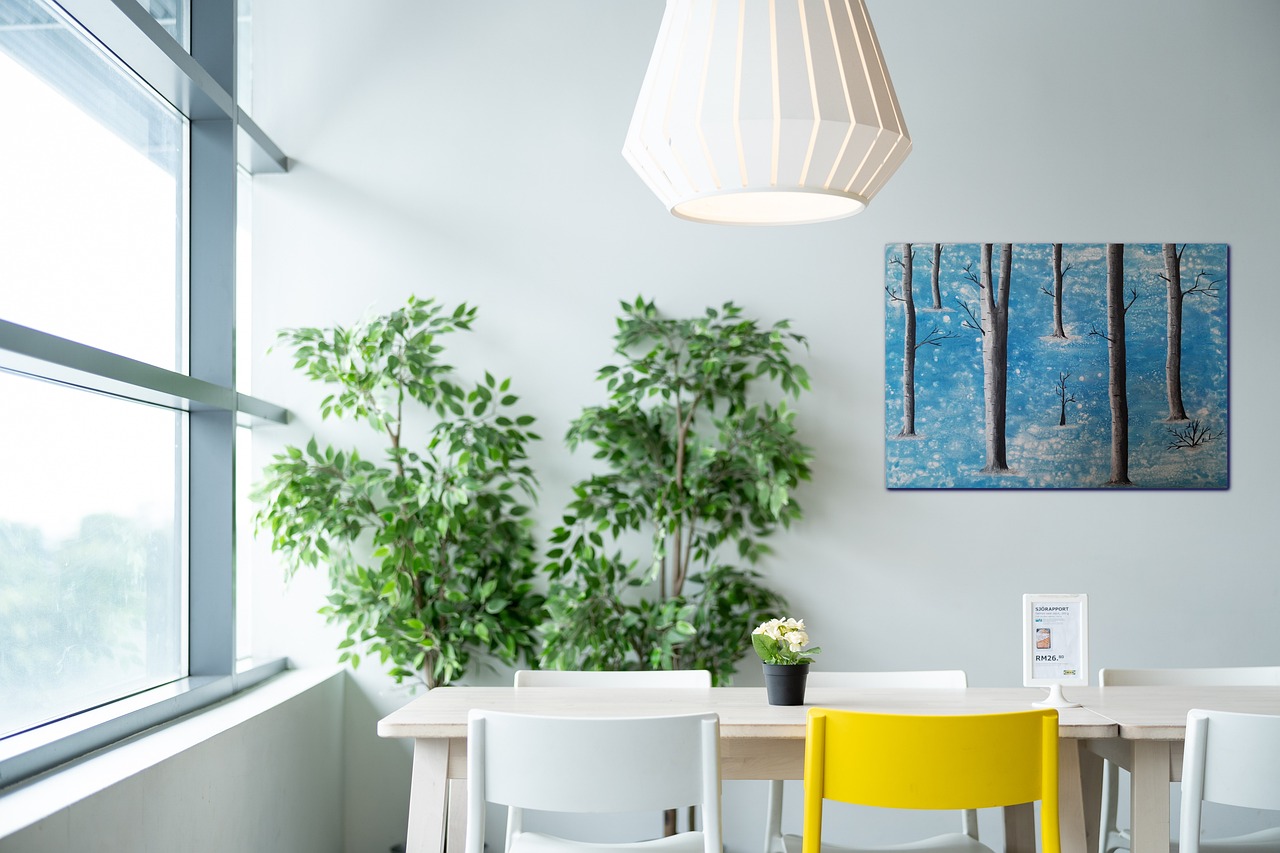
Creating Texture and Patterns
When it comes to accent walls, adding texture and patterns can take your design to the next level. One way to achieve this is through the use of wallpaper. Wallpaper comes in a variety of textures and patterns, allowing you to create a unique focal point in the room. Whether you prefer a subtle texture or a bold pattern, wallpaper can add depth and visual interest to your accent wall.
Another option for creating texture is through textured paint techniques. Techniques such as sponge painting, rag rolling, or stippling can add dimension to your accent wall. These techniques create a tactile element that not only enhances the visual appeal but also adds a sense of depth to the space.
If you're looking to add patterns to your accent wall, consider using stencils. Stencils are a versatile way to introduce intricate designs and geometric patterns to the wall. Whether you want a floral motif or a modern geometric pattern, stencils offer endless possibilities for customization.
For those who prefer a more organic look, incorporating natural materials like wood or brick can add warmth and texture to the accent wall. Wood paneling can bring a rustic charm, while exposed brick can add an industrial edge. These materials not only add texture but also create a unique focal point that enhances the overall aesthetic of the room.
Combining different textures and patterns on your accent wall can create a visually dynamic space. Mixing materials like wood with wallpaper or incorporating multiple paint techniques can result in a rich and layered design. By experimenting with various textures and patterns, you can transform your accent wall into a work of art that truly stands out.
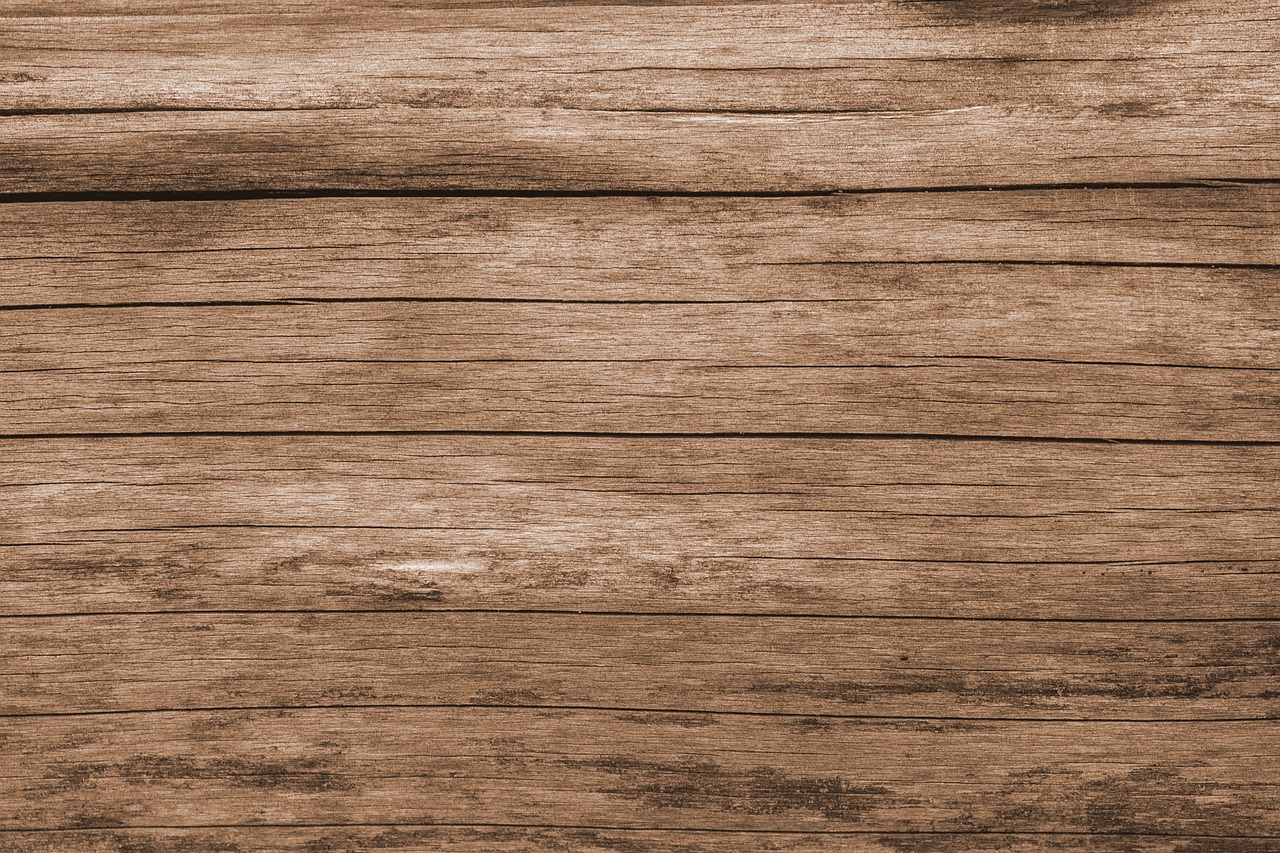
Utilizing Different Materials
When it comes to accent walls, the choice of materials plays a crucial role in creating a visually appealing and dynamic space. By utilizing different materials such as wood, brick, or tile, you can enhance the overall aesthetic of the room. Each material brings its unique texture and character, adding depth and interest to the focal point.
Wood accent walls can introduce warmth and natural beauty to the space, creating a cozy and inviting atmosphere. Whether you opt for reclaimed wood for a rustic look or sleek, modern wood panels, the versatility of wood allows for various design possibilities.
On the other hand, brick accent walls can add a touch of industrial charm and rugged elegance to the room. The rough texture and earthy tones of brick create a striking contrast against other walls, making it a popular choice for adding character and personality to modern interiors.
Tile accent walls offer a wide range of design options, from sleek and contemporary to intricate and decorative. Whether you choose mosaic tiles for a vibrant and artistic look or large-format tiles for a minimalist aesthetic, tiles can transform a plain wall into a statement piece.
Combining different materials on an accent wall can also create a visually dynamic and textured effect. Mixing wood with metal accents, combining brick with glass tiles, or juxtaposing tile patterns with painted surfaces can result in a unique and customized design that reflects your personal style.
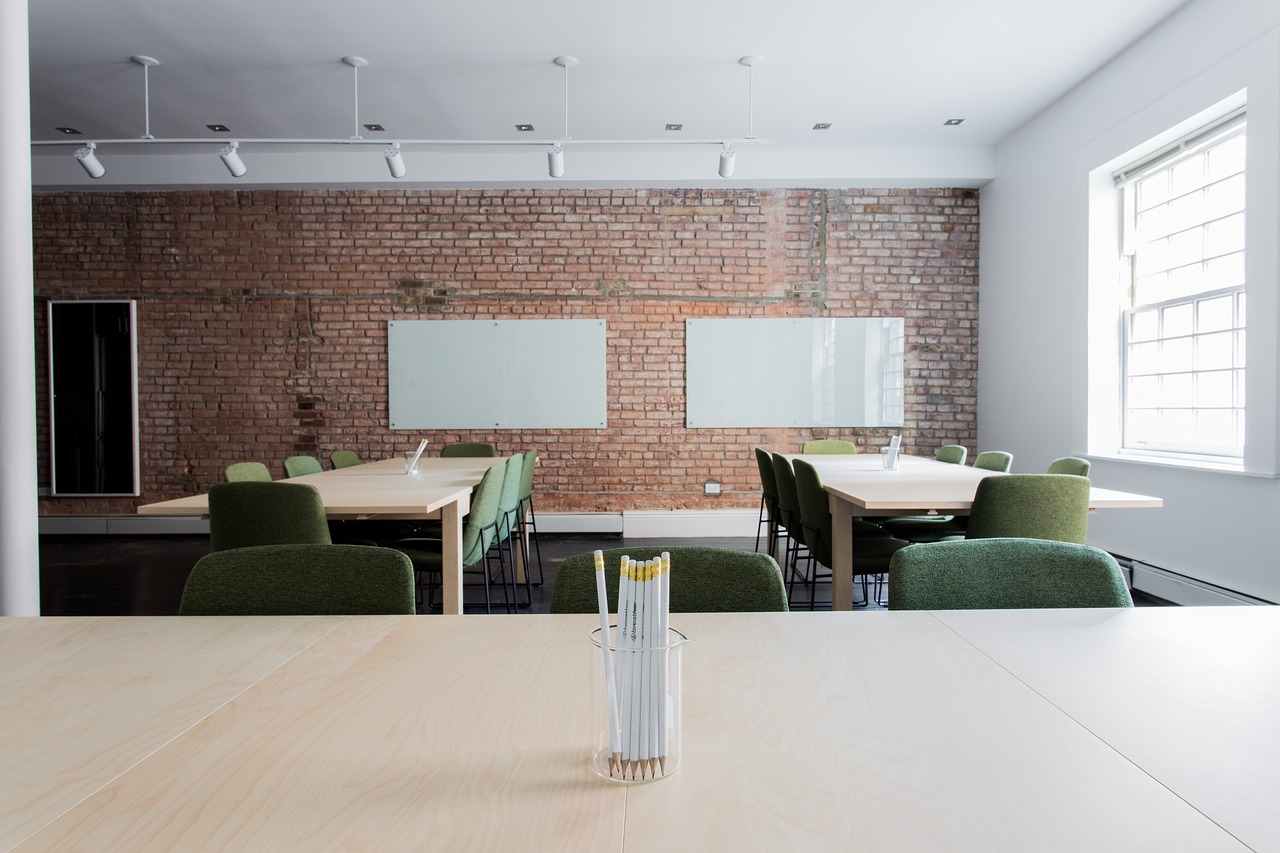
Highlighting Architectural Details
When it comes to accent walls, one of the most intriguing ways to use them is by highlighting architectural details within a room. These unique features, such as alcoves, niches, or built-in shelving, can be transformed into focal points with the right design approach. By selecting a contrasting color or texture for these architectural elements, you can effectively draw attention to their presence and enhance the overall aesthetic of the space.
Imagine a room with a recessed alcove that often goes unnoticed. By painting the back wall of the alcove in a bold color or applying a textured wallpaper, you can instantly make it a standout feature. This not only adds visual interest but also creates a sense of depth and dimension within the room, making it more visually appealing and engaging.
Additionally, highlighting architectural details through accent walls allows you to play with the perception of space. For example, painting a built-in shelving unit in a darker shade than the surrounding walls can make it appear more prominent and substantial. On the other hand, using a lighter color can help blend the feature seamlessly into the room, creating a cohesive and harmonious look.
Furthermore, accentuating architectural details can serve as a creative way to integrate functionality and design. By incorporating a pop of color or a unique texture on these elements, you not only enhance their visual appeal but also make them more functional and purposeful within the room. It's a subtle yet effective way to elevate the overall design scheme and make a lasting impression.
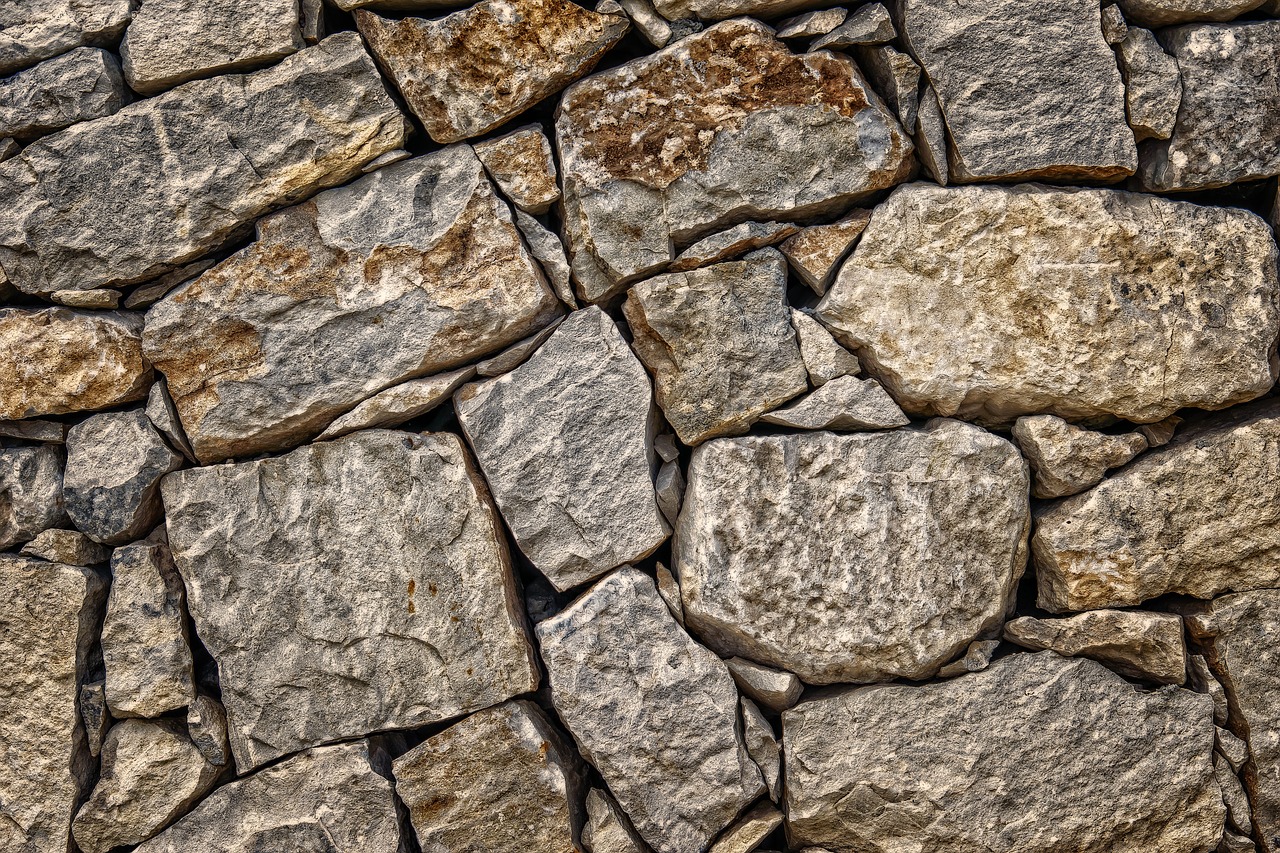
Enhancing Room Proportions
Enhancing room proportions through the use of accent walls is a clever design technique that can completely transform the feel of a space. By strategically selecting colors and materials, you can play with the perception of size and shape, creating a harmonious and balanced environment. Dark colors are known to add coziness to large rooms, making them feel more intimate and inviting. On the other hand, light hues can open up small spaces, giving them an airy and spacious vibe.
Imagine walking into a room with a dark, rich accent wall that instantly envelops you in warmth, making the space feel snug and comforting. Alternatively, picture a small room with a light, pastel-colored accent wall that seems to expand before your eyes, creating a sense of airiness and lightness. These visual tricks can be incredibly powerful in shaping how we perceive and experience a room.
Moreover, the strategic placement of an accent wall can draw attention to specific areas of the room, diverting focus from less desirable features and emphasizing the room's best attributes. It's like using a spotlight on a stage - you control where the audience's gaze falls, highlighting what you want them to see and feel.
When considering how to enhance room proportions with accent walls, think about the overall ambiance you want to create. Do you desire a cozy nook for reading and relaxation, or are you aiming for a bright and expansive space for social gatherings? By carefully selecting colors, textures, and materials, you can tailor the room to suit your preferences and needs, effectively playing with proportions to achieve the desired effect.

Adding Visual Interest with Artwork
Adding visual interest with artwork is a creative way to elevate the design of your space. Artwork has the power to make a bold statement and inject personality into a room. Whether you choose a large gallery wall filled with various pieces or opt for a single, striking artwork, the right pieces can enhance the overall aesthetic of the room. Artwork can bring color, texture, and visual appeal to your accent wall, creating a focal point that draws the eye and adds character to the space.
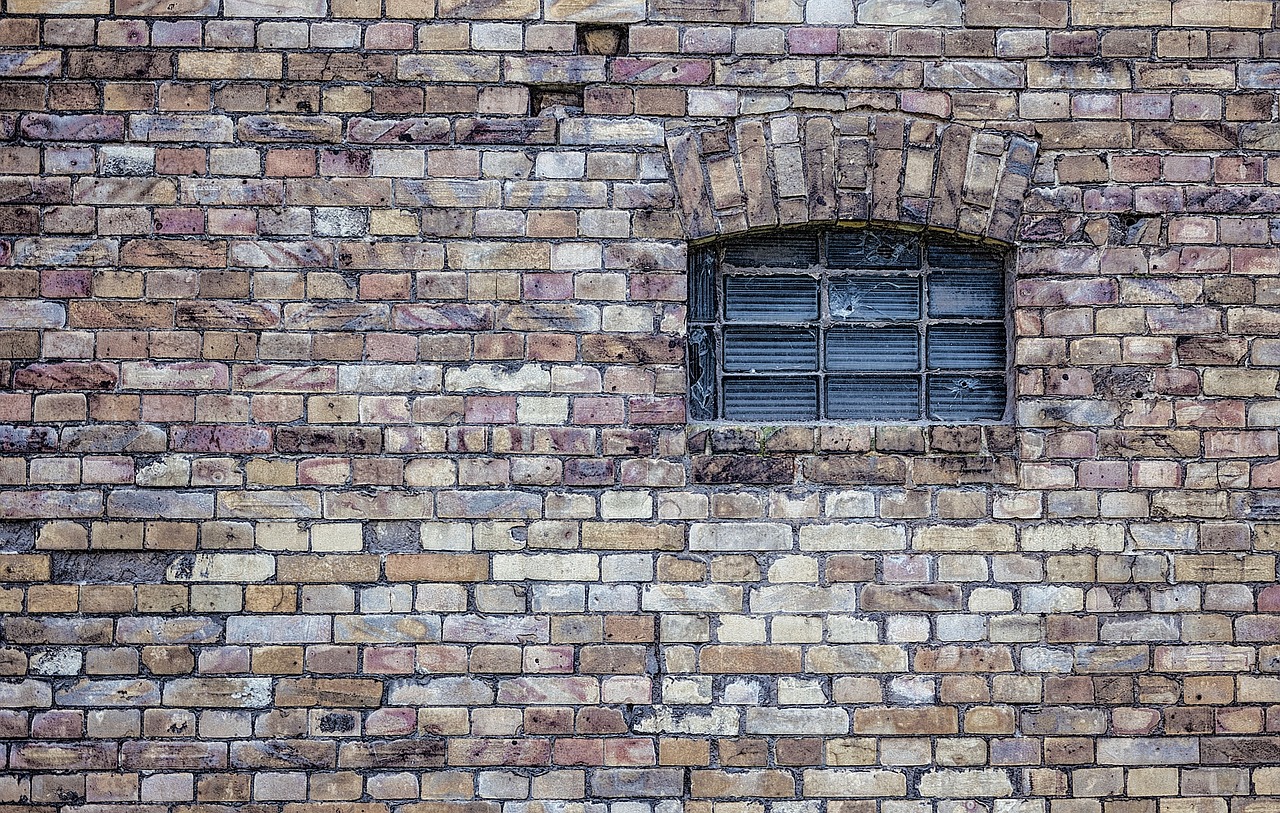
Creating a Focal Point
An accent wall can serve as a focal point in a room, drawing the eye and anchoring the space. It is like the soloist in a musical performance, standing out from the rest of the ensemble. By carefully curating the design elements on the accent wall, you can create a visually striking centerpiece for your interior.
Frequently Asked Questions
- What is an accent wall?
An accent wall is a single wall in a room that is designed to stand out and create visual interest. It is typically different from the other walls in terms of color, texture, or material.
- How do I choose the perfect wall for an accent?
When selecting the ideal wall for an accent, consider factors such as focal points, architectural features, and the overall layout of the room. Choose a wall that will enhance the space without overwhelming it.
- What colors work best for accent walls?
The best color for an accent wall depends on the existing decor and the mood you want to create. Explore different color schemes like complementary or monochromatic to find a hue that complements the room.
- How can I add texture and patterns to an accent wall?
You can add texture and patterns to an accent wall using techniques like wallpaper, stenciling, or textured paint. These elements can elevate the design of the space and create a focal point.
- What materials can I use for accent walls?
Experiment with materials like wood, brick, or tile to enhance the visual appeal of your accent wall. Each material brings a unique texture and character to the space, adding depth and interest.






